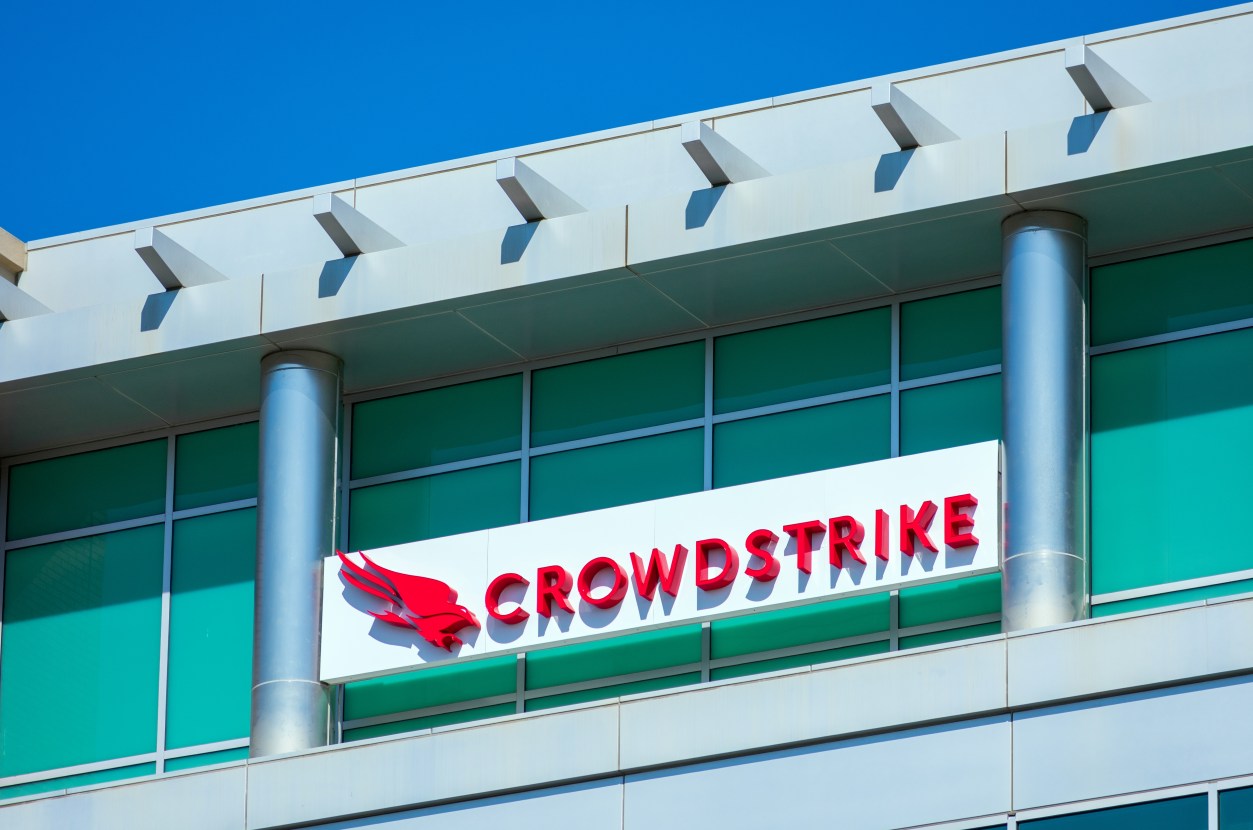Brown-Forman Posts 3% Sales Drop in Q1

Key Points
Net sales (GAAP) decreased 3% to $924 million in Q1 FY2026, while organic net sales grew 1% in FY2025, highlighting mixed top-line performance.
Diluted earnings per share (GAAP) fell 13% to $0.36 in Q1 FY2026, impacted by restructuring charges and softer results in key markets.
marking 41 consecutive years of dividend increases through FY2025.
Brown-Forman (NYSE:BF.A), the spirits company behind Jack Daniel’s and a broad portfolio of liquor brands, reported its Q1 FY2026 earnings results on August 28, 2025. The most notable news was a reported 3% decline in net sales and a 13% drop in diluted earnings per share (GAAP) compared to the prior year period. Results showed mixed performance, as organic growth (non-GAAP) was offset by foreign exchange effects, portfolio changes, and restructuring costs. Gross margin improved slightly in Q1 FY2026, but operating and net earnings faced pressure. This was reflected by a reaffirmed full-year outlook, but signals ongoing headwinds in core developed markets and key brands.
| Metric | Q1 fiscal 2026(ended July 31, 2025) | Q1 fiscal 2025(ended July 31, 2024) | Y/Y Change |
|---|---|---|---|
| Diluted EPS | $0.36 | $0.41 | (13%) |
| Revenue | $924 million | $951 million | (3%) |
| Operating Income | $260 million | $281 million | -7.5% |
| Gross Margin | 59.8% | 59.4% | 0.4 pp |
| Operating Margin | 28.2% | 29.6% | (1.4 pp) |
| Cash Provided by Operating Activities | $160 million | $17 million | $143 million |
The Business and Key Focus Areas
Brown-Forman is one of the world’s largest spirits companies, best known for its Jack Daniel’s Tennessee Whiskey, as well as a broad range of whiskey, tequila, gin, and ready-to-drink cocktail brands. Founded in 1870, it operates in over 170 countries with more than 40 branded offerings, with a focus on high-end spirits markets. Its flagship products include whiskey and bourbon, especially the Jack Daniel’s family, and super-premium brands such as Woodford Reserve bourbon and Old Forester whiskey, supported by empahsis on quality and heritage.
The company’s recent strategic focus lies in premiumization (expanding higher-margin, higher-quality products), growing its international presence, and driving new product innovation like ready-to-drink (RTD) beverages and new whiskey and tequila variants. Success in these areas depends on strong global distribution, effective marketing, and the ability to navigate evolving consumer preferences, especially as the spirits sector faces changing tastes and category competition.
Quarter in Review: Financials, Brand Performance, and Market Trends
During Q1 FY2026, reported revenue dipped 3%, while organic revenue grew 1% in FY2025. This distinction is important: organic numbers adjust for the impact of currency fluctuations, acquisitions, and divestitures, providing a clearer picture of the underlying business (Non-GAAP measure; see Note 2 - Non-GAAP Financial Measures). The top-line decline in reported net sales (GAAP) was driven by the loss of transition service revenue and the ending of certain agency relationships, along with weaker results in some key markets. Restructuring charges of $12 million and a $19 million pension settlement further reduced reported profits. Diluted earnings per share (GAAP) dropped 13%, with operating income decreased 7% in Q1 FY2026.
The Jack Daniel’s Tennessee Whiskey business, the core whiskey product, experienced volume declines in Q1 FY2026. Jack Daniel’s Tennessee Whiskey depletion volumes fell 6%. While the overall Jack Daniel’s whiskey portfolio held steady. Gentleman Jack net sales increased 8% in Q1 FY2026, and Old Forester net sales increased 8% in Q1 FY2026, though Woodford Reserve declined 2%. In tequila, Herradura volumes in the United States dropped as the category remains competitive, leading to double-digit net sales declines for the brand. However, el Jimador tequila posted double-digit growth, driven by new packaging and the launch of el Jimador Cristalino, a tequila innovation.
The ready-to-drink (RTD) cocktail category net sales increased 6% in Q1 FY2026, with organic growth of 9% in Q1 FY2026. The New Mix RTD brand saw net sales rise 26% (GAAP) in Q1 FY2026, propelled by new flavors and strong momentum in Mexico and other emerging markets, while the Jack Daniel’s RTD/RTP (Ready to Pour) beverages were largely flat on an organic (non-GAAP) basis. Gin Mare, a premium gin, also experienced notable growth, with reported net sales increasing 40% in Q1 FY2026. On the other hand, the rest of the portfolio faced a steep reported sales decline due to the absence of business from prior agency or licensing arrangements.
Geographically, sales in the United States (GAAP) declined 8% in Q1 FY2026, with much of the weakness was due to lower volumes of Jack Daniel’s Tennessee Whiskey, Herradura tequila, and the end of specific agency brand relationships. Developed international markets saw an 8% revenue drop (GAAP) in Q1 FY2026, impacted by lackluster consumer demand, macroeconomic and geopolitical issues, and especially steep declines in Canada and the U.K. In contrast, emerging markets stood out with 20% reported net sales growth in Q1 FY2026, led by Brazil, Türkiye, and Mexico. Distributors increased inventory, which has helped sales figures but may not persist in coming quarters. Travel retail—a segment driven by sales in airports and duty-free—grew 8% (GAAP) in Q1 FY2026.
Gross margin, a measure of the percentage of sales left after subtracting the direct cost of goods sold, rose 0.4 percentage points to 59.8% (GAAP) in Q1 FY2026, thanks to the effects of divestitures, but overall operating margin (GAAP) declined 1.4 percentage points to 28.2% in Q1 FY2026 amid higher costs and restructuring expenses. Despite these headwinds, expense control was evident: advertising costs decreased 4% and selling, general, and administrative expenses dropped 6% (GAAP) in Q1 FY2026. Cash provided by operating activities (GAAP) improved sharply due to working capital management, jumping from $17 million to $160 million in Q1 FY2026. Cash and equivalents ended the period at $471 million in Q1 FY2026.
One-time events in Q1 FY2026 included a $12 million restructuring charge and a $19 million postretirement expense. These actions are part of management’s efforts to streamline the business and invest in innovation. The quarter also saw a quarterly dividend of $0.2265 per share declared, continuing a 41-year streak of annual dividend increases.
Outlook and What to Watch
Brown-Forman reaffirmed its full-year fiscal 2026 guidance. Management expects both organic net sales and organic operating income to decline in the low-single-digit range in FY2026, capital expenditures to fall between $125 million and $135 million in FY2026, and the effective tax rate to range from 21% to 23% in FY2026. The tone is cautious, with leadership pointing to ongoing uncertainties, including macroeconomic fluctuations, potential trade tariffs, changing consumer trends, and the risk of unsustainable distributor inventory growth in emerging markets.
Investors and observers should keep a close eye on trends in the core Jack Daniel’s Tennessee Whiskey business, especially in developed markets, as recent declines continue to have an outsized impact on results. The pace of growth in emerging markets and the ability of new product innovations, like RTD cocktails and premium brands, to drive sustained volumes will be important. Profit margins, cost discipline, and the effects of inventory changes in the distribution channel could shape quarterly performance ahead. The quarterly dividend was declared at $0.2265 per share.
Revenue and net income presented using U.S. generally accepted accounting principles (GAAP) unless otherwise noted.
Where to invest $1,000 right now
When our analyst team has a stock tip, it can pay to listen. After all, Stock Advisor’s total average return is 1,068%* — a market-crushing outperformance compared to 185% for the S&P 500.
They just revealed what they believe are the 10 best stocks for investors to buy right now, available when you join Stock Advisor.
*Stock Advisor returns as of August 25, 2025
Motley Fool Markets Team is a Foolish AI, based on a variety of Large Language Models (LLMs) and proprietary Motley Fool systems. The Motley Fool takes ultimate responsibility for the content of these articles. Motley Fool Markets Team cannot own stocks and so it has no positions in any stocks mentioned. The Motley Fool has no position in any of the stocks mentioned. The Motley Fool has a disclosure policy.





